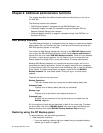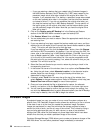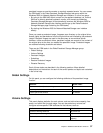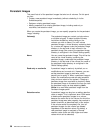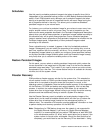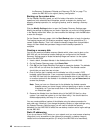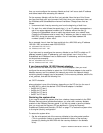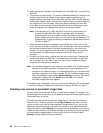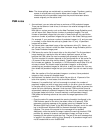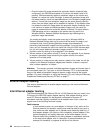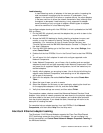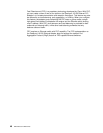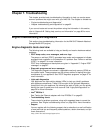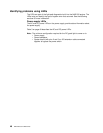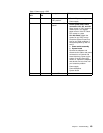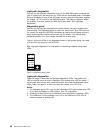Note: The share settings are maintained in a persistent image. Therefore, granting
access to all end-users only permits those users to access files and
directories within the persistent image that they would have been able to
access originally on the actual drive.
PSM notes
1. As mentioned, you can take and keep a maximum of 250 persistent images.
These can be taken on local drives, or drives on the external storage that are
logically local.
Note that on various panels, such as the New Persistent Image Schedule panel,
you will see a field, Keep the last: (number of persistent images). The total
number of persistent images that you enter in these fields will not override the
maximum number of persistent images that you set in the Global Settings panel.
For example, if your maximum number of persistent images is 10, and you enter
in numbers in other fields that add up to greater than 10, only 10 persistent
images will be taken.
2. You cannot take a persistent image of the maintenance drive (D:). Hence, you
will not see it as a choice in either the New Persistent Image Schedule panel or
the Create Persistent Image panel.
3. PSM stores the cache file for each drive on the drive itself. The first persistent
image created on a particular drive will take a significant amount of time
because the PSM cache file must be created (pre-allocated) for that drive.
The time required for creation depends on the configured size of the cache file
(15 percent of the total drive size by default). Creation takes roughly three to
four minutes per gigabyte. For example, a 10 GB cache file would take 30 to 40
minutes to create. You should create a persistent image for a drive before
scheduling any persistent images for that drive, to build the cache file. You may
then delete the persistent image that you just created if you do not need to keep
it.
After the creation of the first persistent image on a volume, future persistent
images on that volume will complete faster.
4. As mentioned, the default size of the cache file per drive is 15 percent of the
total drive capacity. In most cases, that should be sufficient.
However, it is possible that it will not be enough to maintain the number of
persistent images you wish to keep concurrently on the drive, given the amount
of file-write activity to the drive. PSM will automatically take action to prevent the
cache file from overflowing, because if that occurred, PSM would be forced to
automatically delete all persistent images on the drive (once it cannot keep track
of changes made to the drive, it cannot maintain a valid persistent image).
PSM takes the following actions as the cache file usage approaches a full
condition:
v Once the cache file usage exceeds the warning threshold (configured in the
PSM Volumes panel for the drive; the default value is 80 percent), PSM
generates a warning message to the system event log (viewable via the
Windows 2000 Event Viewer in the IBM NAS Admin console), and to the alert
log in the Microsoft Windows 2000 for Network Attached Storage user
interface. The name of the source for the message will be psman5.
Additionally, while the cache file usage is above the warning threshold, PSM
prohibits any attempt to create a new persistent image, and logs an error
message (to the system log and alert log). The text of the error message that
is logged in the system event log (from psman5)is“A persistent image could
not be created due to error 0xe000102b”.
Chapter 6. Additional administrative functions 43



